Select an Orthopaedic Specialty and Learn More
Use our specialty filter and search function to find information about specific orthopaedic conditions, treatments, anatomy, and more, quickly and easily.
GET THE HURT! APP FOR FREE INJURY ADVICE IN MINUTES
Shoreline Orthopaedics and the HURT! app have partnered to give you virtual access to a network of orthopaedic specialists, ready to offer guidance for injuries and ongoing bone or joint problems, 24/7/365.
Browse Specialties
-
- Minimally Invasive Surgery (Arthroscopy)
Arthroscopy (Minimally Invasive Surgery)
Arthroscopy is a minimally invasive surgical procedure used by orthopaedic surgeons to visualize, diagnose, and treat problems inside the joint. Because it requires only tiny incisions, arthroscopy can be performed without a major, invasive operation and many procedures can be done on an outpatient basis.
More Info -
- Fractures, Sprains & Strains
- Hand & Wrist
Finger Fracture
When just one finger bone is fractured, it can cause the entire hand to be out of alignment, making use of your hand difficult and painful. Without proper treatment, that stiffness and pain may become permanent. In addition to pain, common symptoms of a fractured finger may include swelling, tenderness, bruising, or a deformed appearance or inability to move the injured finger.
More Info -
- Hip
- Joint Disorders
- Minimally Invasive Surgery (Arthroscopy)
Hip Arthroscopy
Arthroscopy is a minimally invasive surgical procedure used by orthopedic surgeons to visualize, diagnose and treat a wide range of problems inside the joint. During hip arthroscopy, a small camera (arthroscope) is inserted into the hip joint and images from inside the hip are displayed on a video monitor.
More Info -
- Joint Disorders
- Knee
- Sports Medicine
Meniscal Tears
Meniscal tears are among the most common knee injuries. When tearing a meniscus, you may hear a “popping” noise. Most people can still walk on the injured knee, and athletes often continue to play immediately following a tear. However, without proper treatment, a piece of meniscus may come loose and drift into the joint, worsening symptoms.
More Info -
- Foot & Ankle
- Hand & Wrist
- Sports Medicine
Nerve Injuries
Injury to a nerve can stop signals to and from the brain, resulting in a loss of feeling in the injured area and causing the muscles to stop working properly. Nerves are fragile and can be damaged by pressure, stretching, or cutting.
More Info -
- Joint Disorders
- Joint Replacement & Revision
- Knee
Partial Knee Replacement
Unicompartmental (or partial) knee replacement is an option for a small percentage of patients with osteoarthritis of the knee that is limited to a single compartment of the knee. During this procedure, only the damaged compartment is replaced with metal and plastic, while the healthy cartilage and bone in the rest of the knee is left alone.
More Info -
- Neck and Back (Spine)
Preventing Back Pain
Back pain can vary according to the individual and underlying cause. The pain may dull, achy, sharp, stabbing, or it may feel like a cramp, or “charley horse.” The intensity of pain may worsen with certain activities, such as bending, lifting, standing, walking or sitting.
More Info -
- Fractures, Sprains & Strains
- Muscle Disorders
- Sports Medicine
Thigh Muscle Strain
Muscle strains usually happen when a muscle is stretched beyond its limit, tearing the muscle fibers. They frequently occur near the point where the muscle joins the tough, fibrous connective tissue of the tendon. A similar injury occurs if there is a direct blow to the muscle. Muscle strains are graded according to their severity.
More Info -
- Fractures, Sprains & Strains
- Hand & Wrist
- Ligament Disorders
- Sports Medicine
Thumb Sprain
A sprained thumb, or gamekeepers thumb, is an injury to the ulnar collateral ligament. A tear in the ulnar collateral ligament at the base of the thumb will cause instability and discomfort, weakening your ability to pinch and grasp.
More Info -
- Diagnostics & Durable Medical Equipment (DME)
Traditional X-RAY, CT Scan, MRI
Diagnostic imaging techniques are often used to provide a clear view of bones, organs, muscles, tendons, nerves and cartilage inside the body, enabling physicians to make an accurate diagnosis and determine the best options for treatment. The most common of these include: traditional and digital X-rays, computed tomography (CT) scans, and magnetic resonance imaging (MRI).
More Info

